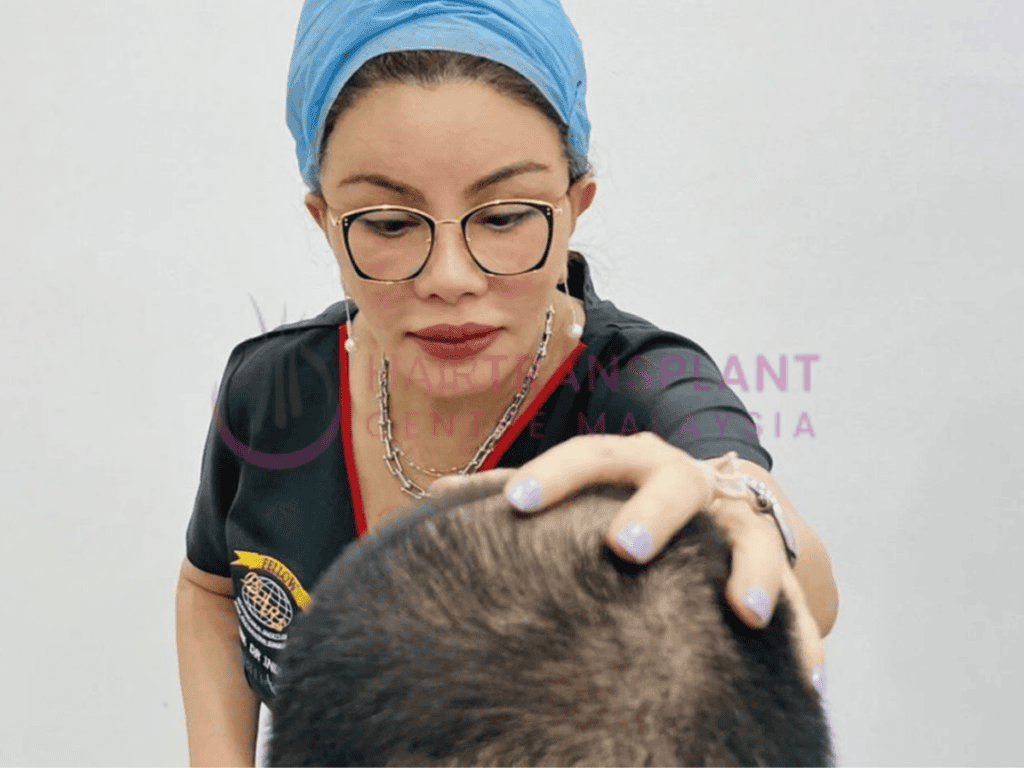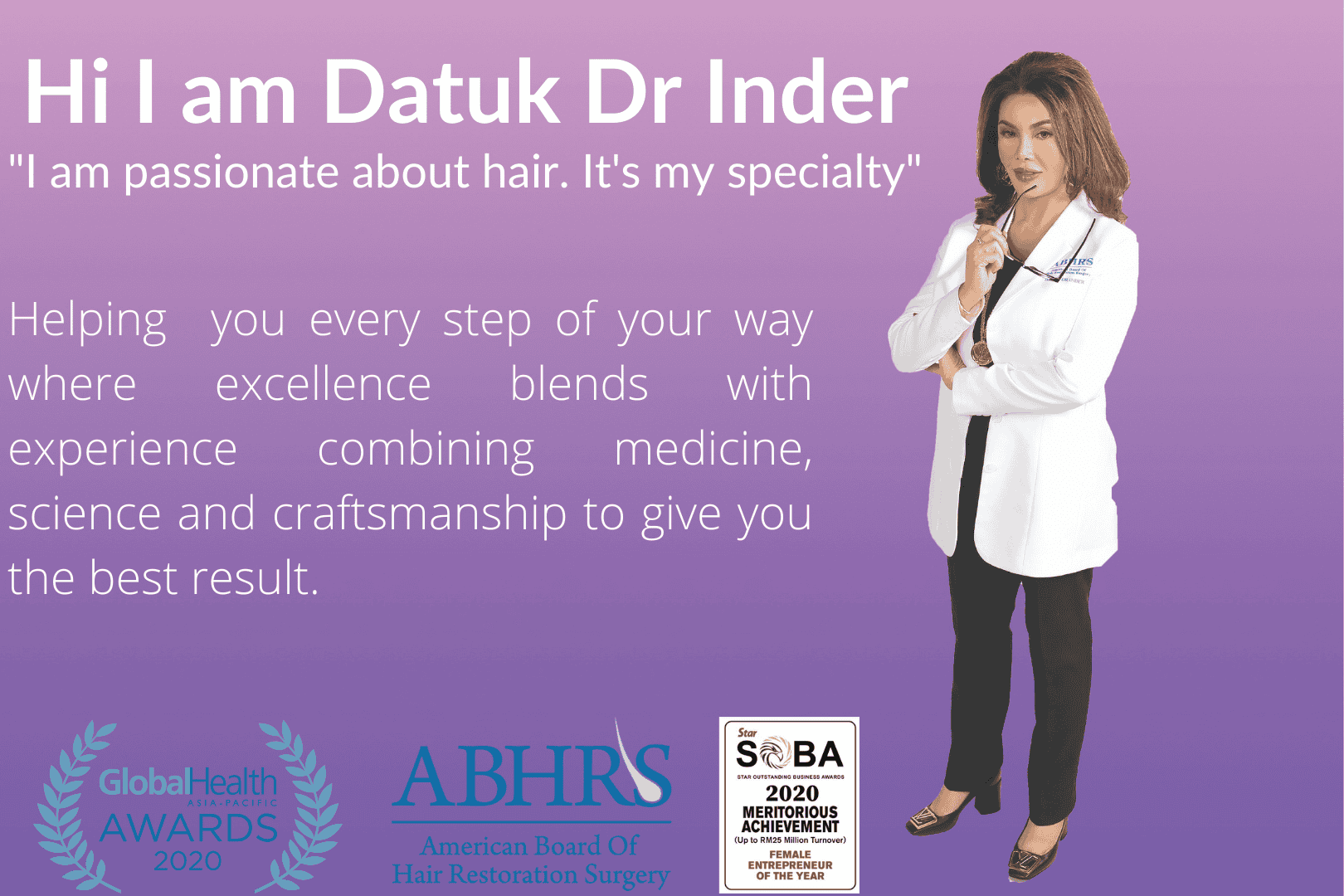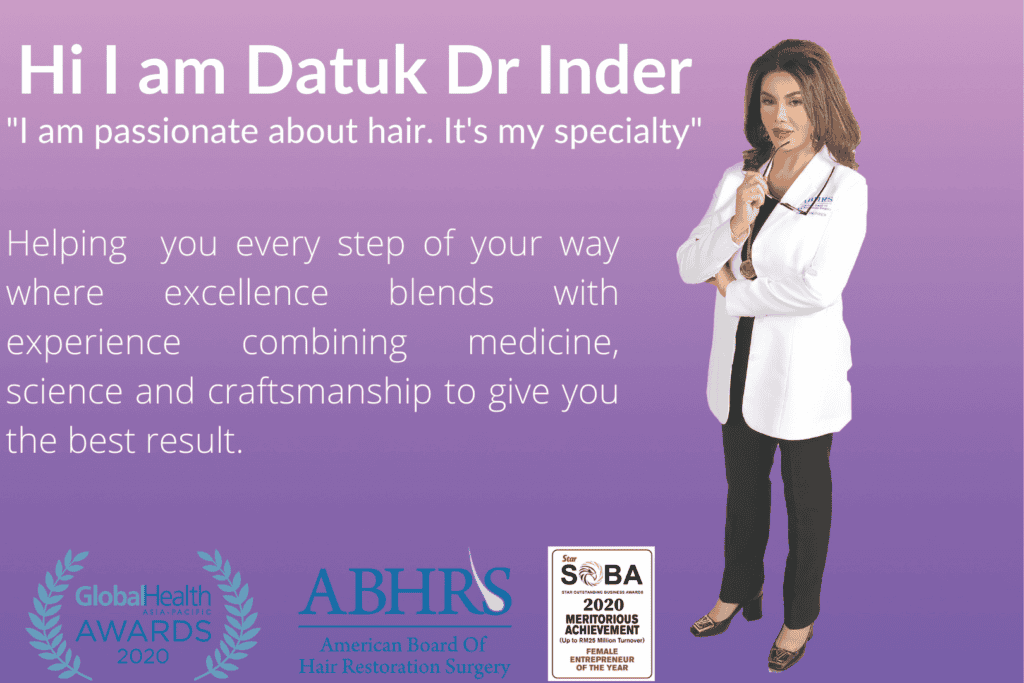Bumps on Transplanted Hair
In addition to itching and redness following hair transplant, the development of acne is a potential side effect of hair transplantation. After two to four weeks, the donor area of the scalp may develop pimples or lumps following a hair transplant. The occurrence of bumps in the donor area after a hair transplant is frequent and should not be reason for concern, since it is a normal component of the donor area’s recuperation. Pimples on the scalp following hair transplantation may result from a variety of sources. When a zit emerges, the affected area should be treated appropriately for optimum results.
Let us call you

Why Do Acne Flare Following Hair Transplants?
There are several potential reasons for acne after hair transplantation. Some of these factors may be associated with the surgical process, while others may be attributable to the patient’s lack of vigilance following the procedure. As soon as the implanted hair begins to grow, pimples or lumps appear. It occurs when hair follicles are not correctly extracted from the skin during the transplanting technique. Sebum overabundance is one of the most common causes of acne. If an excessive amount of sebum is produced in the area following a hair transplant, pimples may form.
Varieties of Acne After in Transplanted Hair
Following hair transplant surgery, pimples on the scalp are frequent and come in a variety of shapes. The most prevalent types of acne are as follows:
- Folliculitis-Inflammation of the follicle: Acne with a bacterial accumulation develops as a result of neglecting to maintain the surgical site clean. Folliculitis following a hair transplant is extremely harmful and should be evaluated quickly.
- Dermoid cysts: Although rare, dermoid cysts pose a risk to the success of hair transplant surgeries. It is essential to seek treatment from a physician for this type of acne development.
- Ingrown hair: During hair transplantation, transplanted hair follicles may experience difficulty erupting from the epidermis, resulting in ingrown hairs. In this case, hair that cannot reach the skin’s surface grows in the opposite direction, causing inflammation and acne.
Treatment of Acne Following Transplanted Hair
Although acne in the location of a hair transplant should not cause worry, this does not suggest that the acne does not require medical treatment. There are a variety of alternative therapies for acne in the domain of hair restoration.
- Antibacterial Therapy: When the pimples in the region become quite acute, oral antibiotics may be required, but this is not always the case. This is also advised for the treatment of chronic acne. Antibiotics must be prescribed by a doctor before they may be administered.
- Hot Water Compress: Following hair transplant surgery, your doctor may suggest you to use a hot compress to reduce acne. During the therapy, you should be careful not to apply too much pressure and not to overheat or aggravate the area.


